Sodium Hyaluronate Promotes The Migration Of Human Corneal Epithelial Cells In Vitro
Background
Sodium hyaluronate, also known as hyaluronic acid (HA), is a naturally occurring glycosaminoglycan present in the extracellular matrix of many tissues, including the cornea. HA is used in ophthalmology because of its lubricating and protective functions. In recent years, interest in the effect of HA on corneal wound healing has increased. This article presents the results of a study that examined the effect of sodium hyaluronate on the migration of human corneal epithelial cells in vitro.
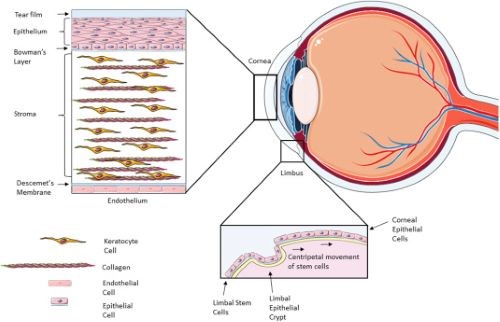
[1]
Figure 1. Corneal epithelium
Methods
This study, published in the Journal of Ophthalmology, investigated the impact of various concentrations of sodium hyaluronate on the migration of human corneal epithelial cells using the methods described below.
- Materials: A monolayer of corneal epithelial cells from 32 donors of varying ages was used. A scratch was introduced into the cell layer, and cell migration was observed over time.
- Cultures: All human corneal epithelial cells were grown on three types of media: (1) pure culture medium, (2) medium enriched with hydroxypropylmethylcellulose, and (3) medium enriched with sodium hyaluronate. [2]
- Measurements: The migrating epithelial cells were measured on days 4, 8, 12 and 16.
Results
- The study results indicated that the migration of corneal epithelial cells increased when sodium hyaluronate was present.
- The effect was dose-dependent. Higher concentrations of sodium hyaluronate yielded greater cell migration.
- The effect was time-dependent, with the maximum response observed 24 hours after treatment.
The bar chart below details the areas of cell migration for the different culture conditions. Note: standard medium (control), hydroxypropylmethylcellulose (Occucoat) and sodium hyaluronate (Healon). [2]
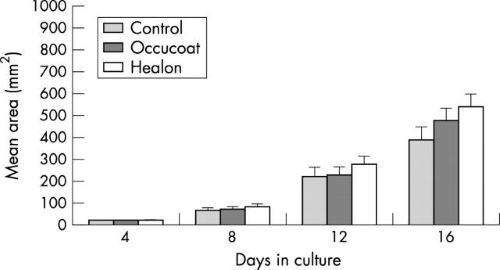
Figure 2. Mean area of migrating human corneal epithelial cells under different culture conditions
Discussion
The mechanism by which sodium hyaluronate influences corneal epithelial cell migration remains unclear. Several theories have been proposed.
One theory suggests that sodium hyaluronate provides a physical scaffold for cell migration. HA molecules are large and can form a network of fibres that serves as a substrate for cell movement.
Another theory proposes that sodium hyaluronate stimulates the production of growth factors and cytokines. HA binds to cell surface receptors and activates signalling pathways that lead to the production of growth factors such as the epidermal growth factor (EGF) and the fibroblast growth factor (FGF), which promote cell migration.
Applications
The study results have important implications for the use of sodium hyaluronate in ophthalmology.
The migration of corneal epithelial cells is an important step in corneal wound healing. Corneal injuries from contact lens use, trauma or surgery may cause epithelial defects that impair vision and increase the risk of infection. Enhancing cell migration with sodium hyaluronate can accelerate the healing process and reduce the risk of complications.
Sodium hyaluronate is also used in other ophthalmic applications. It serves as a lubricant and protective agent in the treatment of dry eye syndrome. Medical-grade sodium hyaluronate assists in reducing redness, eye discomfort and blurred vision. It is additionally used as a viscoelastic agent during cataract operations and other intraocular procedures. Sodium hyaluronate is a common ophthalmic viscoelastic device (OVD) used during cataract surgery. It is also used as an OVD in corneal transplant procedures and retinal surgeries.
Read more: In which eye surgeries are hyaluronic acid preparations used?
Conclusion
The study results suggest that sodium hyaluronate promotes the migration of human corneal epithelial cells in vitro. The mechanism may involve its provision of a physical scaffold and the activation of growth factor signalling pathways. These findings have important implications for its use in treating corneal injuries and enhancing corneal wound healing. Further research is required to clarify the mechanism and optimise its clinical application.
Stanford Advanced Materials (SAM) is a reliable supplier of various sodium hyaluronates. Their website offers hyaluronic acids in medical, cosmetic and food-grade quality. Sodium hyaluronates with high, medium and low molecular weights are available. Please submit an enquiry if you are interested.
Reference:
[1] Sophia Masterton, Mark Ahearne, Mechanobiology of the corneal epithelium, Experimental Eye Research, Volume 177, 2018, https://www.sciencedirect.com/science/article/pii/S0014483518302082
[2] Gomes JA, Amankwah R, Powell-Richards A, Dua HS. Sodium hyaluronate promotes the migration of human corneal epithelial cells in vitro. Br J Ophthalmol. 2004 Jun;88(6):821–825. doi: 10.1136/bjo.2003.027573. PMID: 15148219; PMCID: PMC1772195.

 Bars
Bars
 Beads & Spheres
Beads & Spheres
 Bolts & Nuts
Bolts & Nuts
 Crucibles
Crucibles
 Discs
Discs
 Fibers & Fabrics
Fibers & Fabrics
 Films
Films
 Flake
Flake
 Foams
Foams
 Foil
Foil
 Granules
Granules
 Honeycombs
Honeycombs
 Ink
Ink
 Laminate
Laminate
 Lumps
Lumps
 Meshes
Meshes
 Metallised Film
Metallised Film
 Plate
Plate
 Powders
Powders
 Rod
Rod
 Sheets
Sheets
 Single Crystals
Single Crystals
 Sputtering Target
Sputtering Target
 Tubes
Tubes
 Washer
Washer
 Wires
Wires
 Converters & Calculators
Converters & Calculators
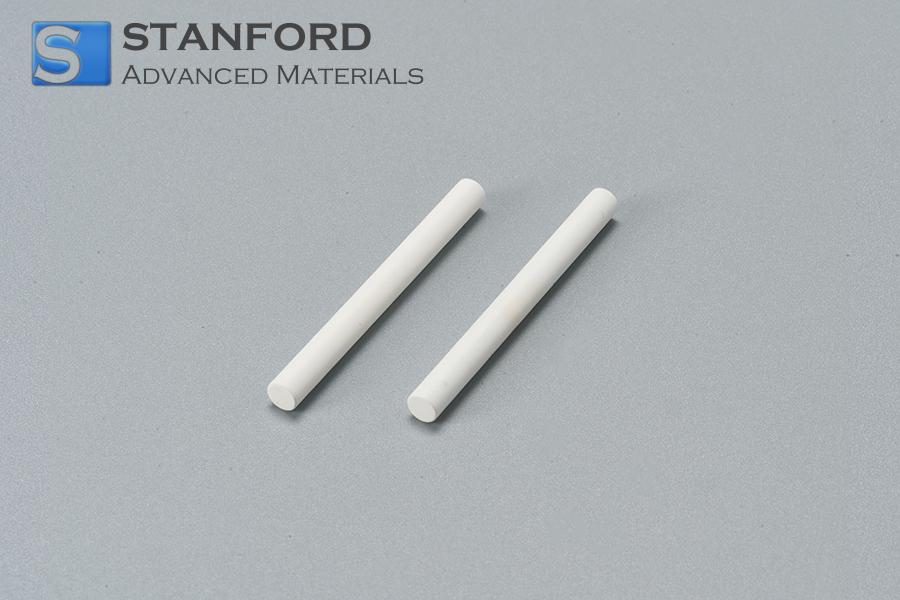
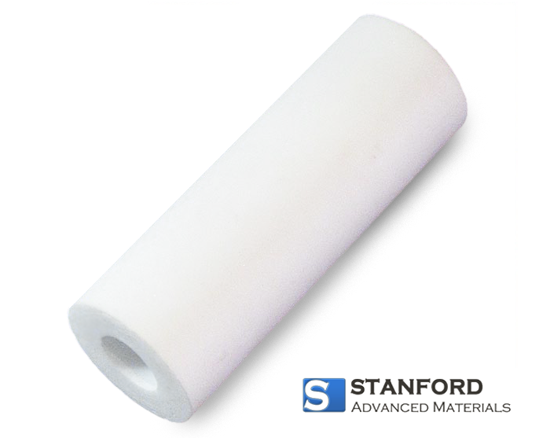
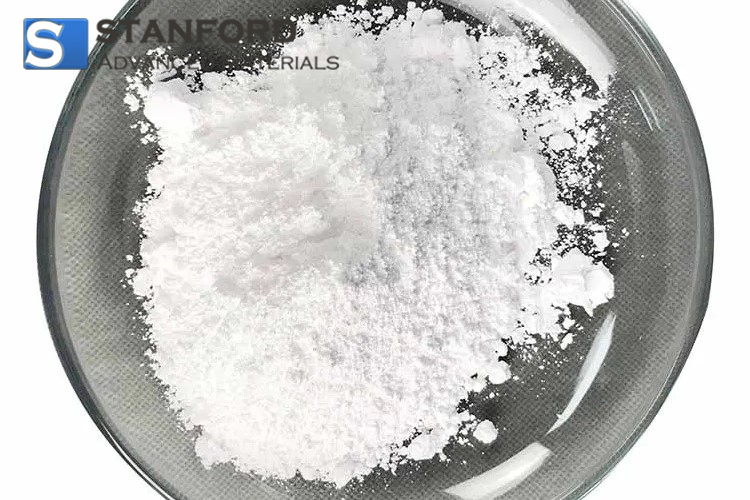
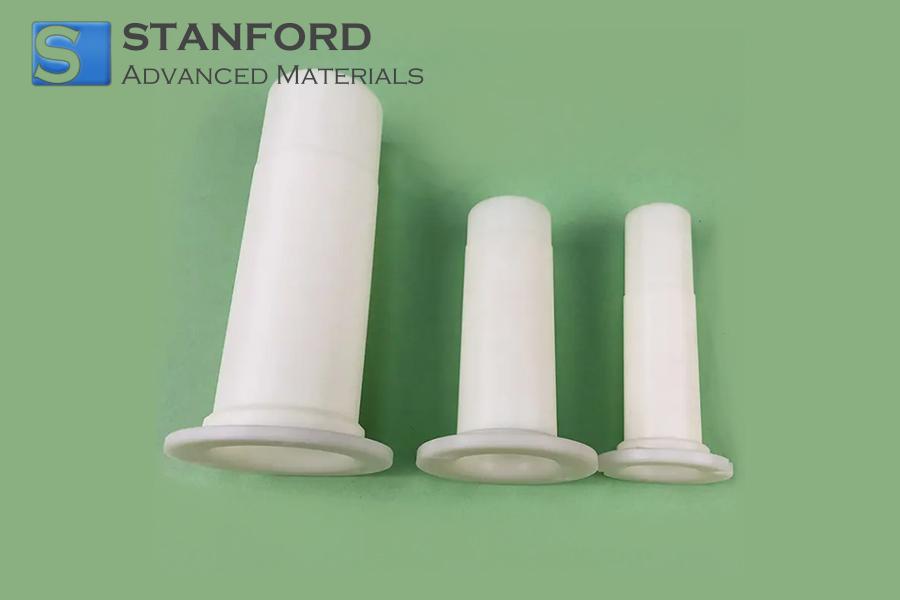

 Chin Trento
Chin Trento



